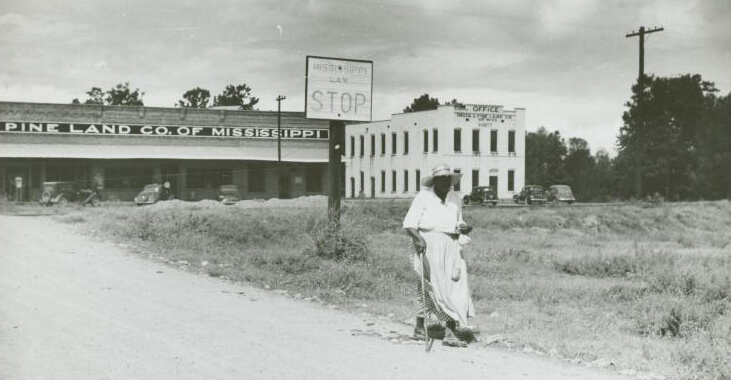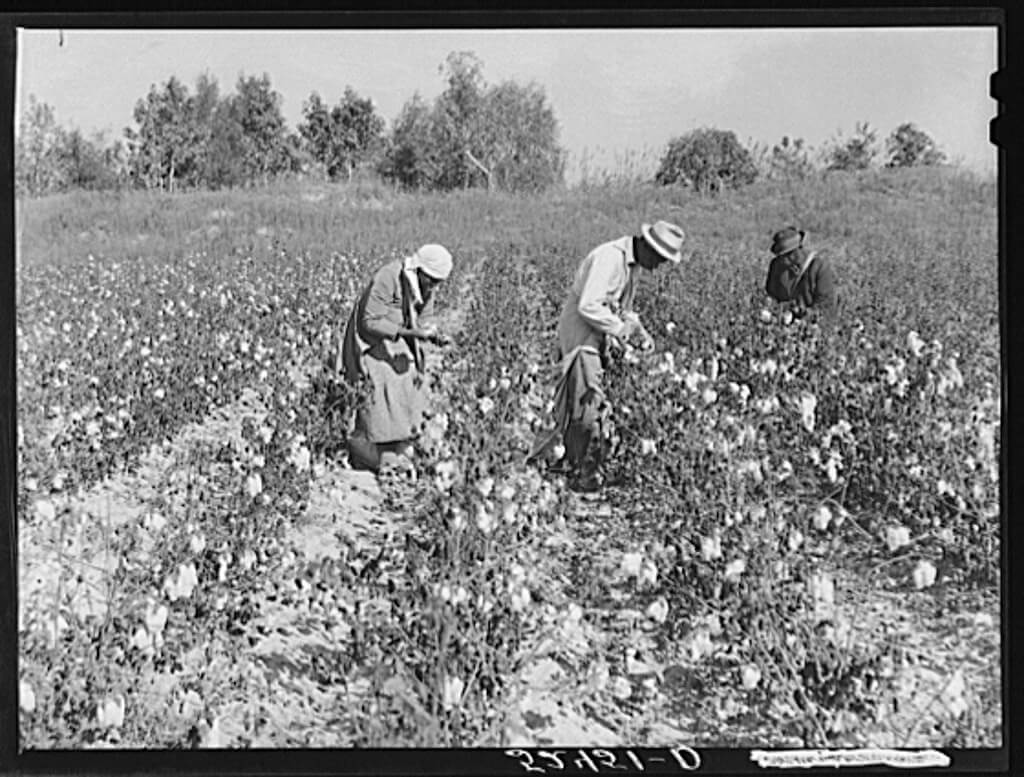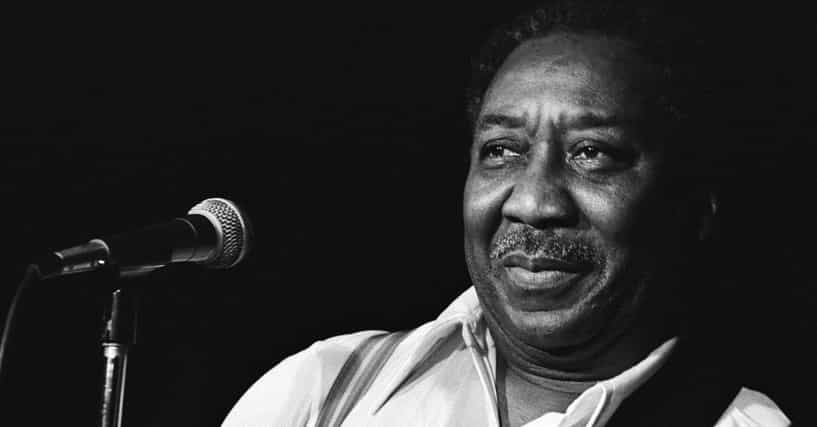Why Is Blues Music So Good?
Welcome to our article about why blues music is so good! Have you ever found yourself tapping your foot to a bluesy tune, or singing along to a soulful rendition of the blues? If so, you're not alone. Blues music has a way of resonating with people from all walks of life, and has stood the test of time as a genre that continues to be enjoyed by audiences around the world. But what is it about blues music that makes it so irresistible? Is it the raw and emotional lyrics? The soulful melodies? Or perhaps the improvisation and spontaneity of the musicians? In this article, we'll explore the many reasons why blues music is so good, and why it continues to be a beloved genre for so many people. Are you ready to dive into the world of the blues? Have you ever wondered why it's so special? Let's find out together.
Blues music is so good because it reflects life and it's form is simple and catchy. Blues music also incorporates a call and response pattern that makes it even more memorable.

A Quick History of The Blues
The Blues is a genre of music that originated in the African American communities of the southern United States in the late 19th and early 20th centuries. It is characterized by its use of the blues scale, blue notes, and a repetitive, improvisational structure.
The origins of the blues can be traced back to the African American communities of the Mississippi Delta in the late 19th century. These communities were made up primarily of former slaves who had been brought to the region to work on the cotton plantations. They brought with them a rich tradition of music that included African rhythms, spirituals, and work songs. These early forms of African American music were heavily influenced by the harsh conditions of life on the plantations, and often dealt with themes of hardship, struggle, and longing for freedom.

One of the earliest forms of the blues was the "field holler," a type of work song that was sung by slaves while they were working in the fields. These songs were often improvised, and dealt with the harsh realities of life on the plantation, such as the pain of manual labor, the longing for freedom, and the sorrow of separation from loved ones.

As African Americans began to migrate from the rural south to the urban north in the early 20th century, the blues began to evolve and change. In the cities, African American musicians were exposed to a wide variety of new styles of music, including jazz, gospel, and country. They began to incorporate elements of these styles into their music, creating a new, more sophisticated form of the blues.
In the 1920s and 1930s, the blues began to gain widespread popularity among both African American and white audiences. This was in part due to the rise of the radio, which allowed the music to be heard by a much wider audience. During this time, many African American musicians, such as Bessie Smith, became major stars, and the blues began to be performed in concert halls and theaters across the country.
In the 1940s and 1950s, the blues underwent another transformation as electric instruments became more prevalent. Musicians such as Muddy Waters and Howlin’ Wolf began to incorporate the electric guitar, piano and drums into their music, creating a new, louder and more dynamic sound. This new style of blues, known as "electric blues," was especially popular in the urban areas of the north, and became a major influence on the development of rock and roll.

The Blues music continue to evolve and influence a wide variety of music genres throughout the decades, from rock and roll, to R&B and hip-hop, to contemporary jazz and pop. The blues has become an integral part of American culture and has been performed and recorded by countless artists, both past and present. Its legacy continues to be felt in the music of today and it will always be a fundamental part of the American musical landscape.
Top 3 Favorite Blues Artists
- Robert Johnson
Robert Johnson was a blues musician who is widely considered to be one of the most influential figures in the history of the blues. He was born in Hazlehurst, Mississippi in 1911 and began playing the guitar at a young age. Johnson's early musical influences were the country blues artists of the Mississippi Delta, such as Charley Patton and Son House.

In the late 1920s and early 1930s, Johnson traveled throughout the southern United States, playing at various juke joints and house parties. He gained a reputation as a skilled musician and a masterful storyteller, and his music began to draw the attention of other blues artists.
In 1936, Johnson made his first recordings for the American Record Corporation in San Antonio, Texas. These recordings, which include classics such as "Cross Road Blues," "Love in Vain," and "Sweet Home Chicago," showcase his virtuosic guitar playing, powerful vocals, and deeply emotive songwriting. If you are interested in learn about music or how to play an instrument, check out our music lessons in Ann Arbor.
Despite his immense talent and growing popularity, Johnson's career was cut short when he died in 1938 at the age of 27. The cause of his death is still unknown, but it is widely believed that he was poisoned by a jealous husband.
In the decades following his death, Johnson's music was largely forgotten, but it was rediscovered in the 1960s by a new generation of musicians and music fans. His influence can be heard in the music of many of the most important blues and rock musicians of the 20th century, including Eric Clapton, Keith Richards, and Robert Plant.
In 1990, Johnson was posthumously inducted into the Rock and Roll Hall of Fame, and his recordings were added to the National Recording Registry by the Library of Congress. He is also honored with the Mississippi Blues Trail Marker in Hazlehurst where he was born.
I absolutely love Robert Johnson's music. It's amazing to think about how many people all around the world have been influenced by him and his music. It's incredible!
- Howlin' Wolf
Howlin' Wolf, born Chester Arthur Burnett, was a prominent blues musician known for his powerful, soulful voice and his commanding stage presence. He was born in White Station, Mississippi in 1910 and began playing the guitar at a young age. He grew up listening to the music of the Mississippi Delta and was heavily influenced by the blues singers he heard there, particularly Charley Patton and Robert Johnson.
Howlin' Wolf's music was characterized by his deep, guttural voice, which gave his songs a sense of raw intensity and emotional power. He also had a unique and powerful guitar style, and he was known for his energetic and charismatic stage performances.
He also had a great ability to adapt to changing music trends, in the 1960s he began to incorporate elements of rock and roll into his music, and his recordings from this period, such as "The Red Rooster" and "Wang Dang Doodle," helped to bridge the gap between the blues and rock music.
In the 1970s and 1980s, Howlin' Wolf's music began to be rediscovered by a new generation of musicians and music fans, and he became an important influence on artists in the blues, rock, and punk genres. He was inducted into the Blues Hall of Fame in 1980, and the Rock and Roll Hall of Fame in 1991.
Howlin' Wolf passed away in 1976, but his music continues to be celebrated and influential to this day. His powerful voice, dynamic guitar playing, and charismatic stage presence earned him the nickname "The Wolf" and made him one of the most enduring and respected figures in the history of the blues.
Howlin' Wolf was one of the first blues musicians I ever listened to. I bought 3 of his albums in a Costco of all places, believe it or not. I'm a little embarrassed to even write that!
- Muddy Waters
Muddy Waters, born McKinley Morganfield, was a prominent blues musician and one of the most important figures in the history of the genre. He was born in Rolling Fork, Mississippi in 1915 and began playing the guitar at a young age. He was heavily influenced by the country blues of the Mississippi Delta, particularly the music of Robert Johnson and Son House.

In the 1940s, Muddy Waters moved to Chicago and began performing in the city's thriving blues scene. He quickly made a name for himself as a powerful and dynamic performer, and in 1948 he began recording for the Chess Records label. His early recordings for Chess, such as "I Can't Be Satisfied," "Hoochie Coochie Man," and "Mannish Boy," established him as a major figure in the world of the blues.
Muddy Waters' music was characterized by his deep, soulful voice, his virtuosic guitar playing, and his ability to infuse his songs with a sense of raw intensity and emotional power. He was also a masterful band leader, and his backing band, which included musicians such as Little Walter and James Cotton, was one of the most respected and influential in the blues world.
In the 1950s and 1960s, Muddy Waters' music began to be heard by a wider audience as rock and roll musicians, such as The Rolling Stones, began to incorporate elements of the blues into their music. Muddy Waters himself began to incorporate elements of rock and roll into his music, and his recordings from this period, such as "Got My Mojo Working" and "I'm Your Hoochie Coochie Man," helped to bridge the gap between the blues and rock music.
Muddy Waters passed away in 1983, but his music continues to be celebrated and influential to this day. He was inducted into the Rock and Roll Hall of Fame in 1987, and his recordings have been added to the National Recording Registry by the Library of Congress. He was also honored with the Mississippi Blues Trail Marker in Rolling Fork, Mississippi where he was born. He is known as the "Father of Chicago Blues" and his music had a major impact on the development of modern blues and rock and roll music.
I hope you have enjoyed learning a thing or two about the blues. It's one of my favorite genres, so I hope I've inspired you to listen to some of these blues artists.



